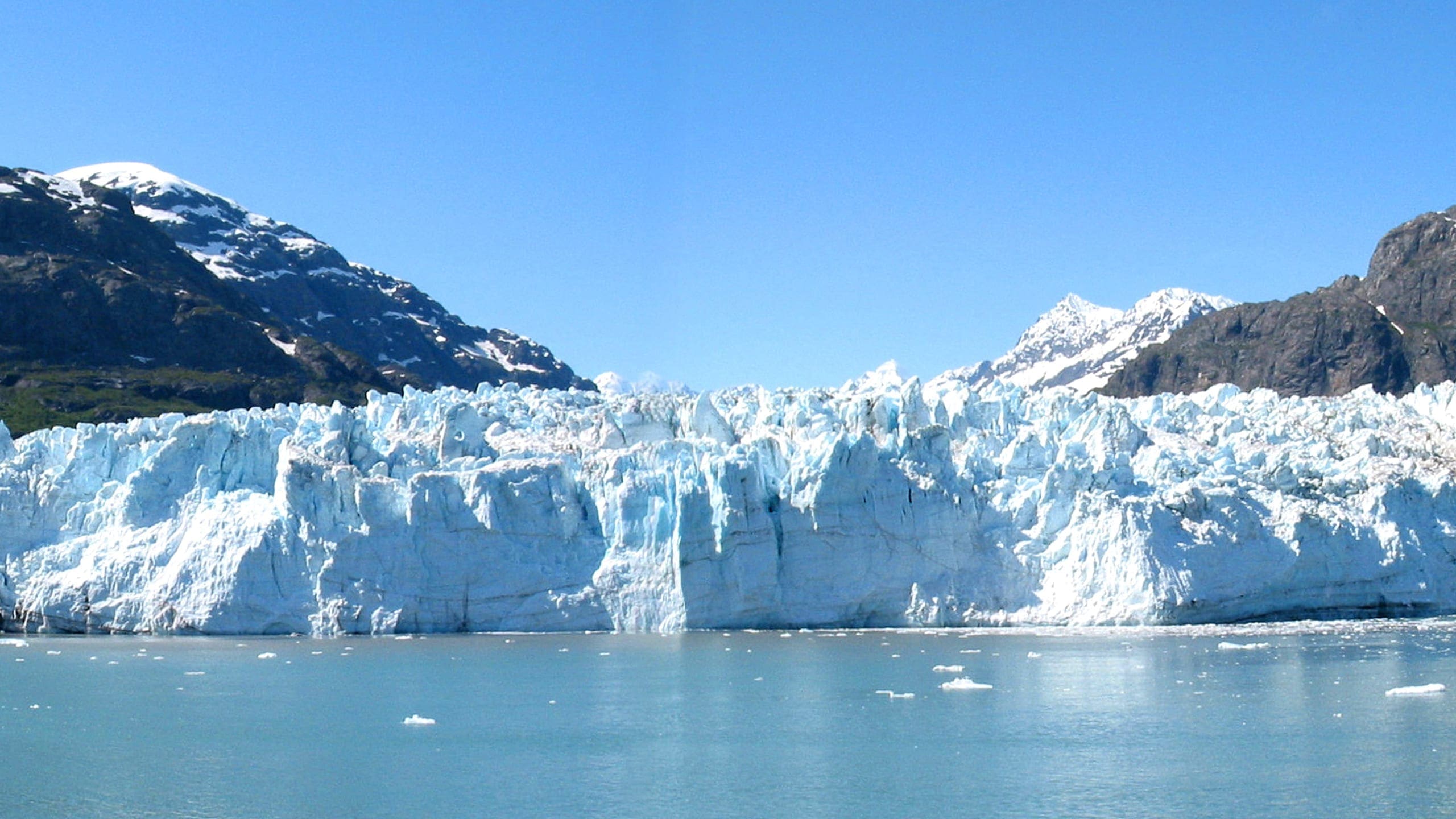About Glacier Bay National Park & Preserve
Glacier Bay National Park and Preserve was established as a national monument February 26th, 1925, by presidential proclamation. With additional lands added in 1939 and again in 1955. The monument became a national park and preserve under the Alaska National Interest Lands Conservation Act (ANILCA), to protect areas containing tidewater glaciers, a variety of forest covering consisting of mature areas and youthful trees which have become established since the retreat of ice, a unique opportunity for scientific studies of glacial behavior, and historic interest.
Glacier Bay National Park and Preserve is in the panhandle of southeast Alaska. The center of the park is approximately 90 miles northwest of Juneau, the state capital, and about 600 miles southeast of Anchorage, the state’s largest city. The primary features that define the perimeter of this 3.2-millionacre area are the Gulf of Alaska to the west, the Chilkat Range to the east, Cross Sound and Icy Strait to the south, and the St. Elias Mountains and Alsek River to the north.
The park is characterized by snowcapped mountain ranges rising over 15,000 feet, coastal beaches with protected coves, deep fjords, 16 tidewater glaciers, coastal and estuarine waters and freshwater lakes, and a mosaic of plant communities ranging from “pioneer species” in areas recently exposed by receding glaciers to climax communities in older coastal and alpine ecosystems.
Glacier Bay National Park and Preserve contains the nation’s largest protected marine area and part of Earth’s largest World Heritage Site. Glacier Bay is about natural change and discovery, from scientific studies unlocking the mysteries of life’s return to denuded lands, to the Tlingit rediscovery of their traditional homeland after being driven out by ice. It is also about the discovery and wonder of visitors as they experience and explore a vast and changing landscape. Bartlett Cove is the only developed area in Glacier Bay National Park. Glacier Bay Lodge, the Park Visitor Center, Visitor Information Station, exhibits, Park Headquarters, several trails, a public dock, kayak rentals, and walk-in campground provide a variety of services surrounded by the Alaskan wilderness. Park Rangers provide regular guided activities, and also board cruise ships and tour vessels to present information about Glacier Bay and answer questions. As its name implies, Glacier Bay National Park is largely water. Whether on a cruise ship with thousands of other passengers or in a single kayak, most visitors experience Glacier Bay from a boat. Sea kayaking is the easiest and most popular way to travel into Glacier Bay’s wilderness under your own power. Kayaks can be brought to the park by ferry, rented locally, or provided on guided trips.
Glacier Bay National Park and Preserve lies west of Juneau, AK and can be reached by plane or boat. The Bartlett Cove area can be accessed with your vehicle by taking the ferry from Juneau to Gustavus. There is a road from Gustavus that connects the airfield and ferry dock to park headquarters at Bartlett Cove which is about 10 miles. Air service is available with daily jet service from Juneau to Gustavus (about 30 minutes) in the summer season. Year-round scheduled air service to Gustavus is also provided by a variety of air taxis and charters.
Source: Foundation Document Overview – Glacier Bay National Park
Fast Facts:
| Date the Park was Established: | December 2, 1980 |
| Park Area (as of 2019): | 3,223,383.43 acres (13,044.6 km2) |
| Recreational Visitors (2018 Total): | 597915 visitors |


